LED Dance Floors and Specialized Visual Surfaces
LED dance floors have emerged as a trend in event production, transforming performance and dance experiences through interactive visual surfaces that display patterns, colors, and effects coordinated with music and event themes. These systems typically comprise modular panel units measuring 2 feet by 2 feet to 4 feet by 4 feet, with rental costs for individual units ranging from USD 5 to USD 30 per sq ft daily. For complete dance floor installations suitable for events with 100 guests, typical 12-foot-by-12-foot configurations rent for USD 600 to USD 1050, depending on surface material specifications. Larger installations, such as 16-foot by 16-foot systems suitable for approximately 100 guests, command rental rates of approximately USD 2,500, while 20-foot by 20-foot systems designed for 150 guests extend to USD 3,800.
These specialized visual surfaces contribute significantly to creating immersive, memorable event experiences, particularly for celebrations, social events, and entertainment-focused occasions. Event planners should recognize that LED dance floor rentals often include technical staffing requirements for programming customized visual sequences and coordinating displays with event entertainment elements, necessitating comprehensive budgeting beyond equipment rental costs alone.
Lighting Equipment and Environmental Design
Sophisticated lighting serves as the atmospheric backbone of contemporary event production, extending far beyond functional visibility to encompass emotional ambiance, brand reinforcement through color coordination, and the establishment of a visual hierarchy that guides audience attention to key event elements. Event lighting encompasses diverse technologies addressing different atmospheric and functional requirements, including LED uplighting systems that create vertical light columns transforming wall aesthetics, stage lighting and spotlights directing focus toward performers or speakers, ellipsoidal lighting fixtures enabling precise spotlight projection and logo imaging through gobo technology, and emerging technologies such as LED pixel tubes offering wireless, programmable lighting effects across venue spaces.
Lighting equipment rental rates vary widely, reflecting the sophistication of the equipment and the venue’s coverage requirements. Basic lighting setups start at approximately USD 2000 per day, accommodating mid-sized event requirements and venue dimensions. More elaborate lighting designs incorporating multiple fixture types, advanced control systems, and spatial coverage optimization can cost USD 4,500 or more per day. Specialized lighting elements such as market lights, uplighting packages, laser effects, and custom pendant systems add layered options enabling event planners to customize atmospheric design aligned with specific event themes and brand identities. Many professional event production companies, including Curated Events and One Way Event Productions, structure lighting design as a consultative service, working with planners to develop comprehensive lighting plans that address venue layout, event program flow, and desired atmospheric progression throughout the event.
Pricing Models and Cost Structure Dynamics
Event planners must develop a comprehensive understanding of AV equipment rental pricing structures, encompassing not only rental rates but also the whole constellation of cost components that collectively determine the total financial investment. Equipment rental pricing primarily reflects daily, weekly, or monthly rental durations, with monthly rates typically offering substantial per-day savings compared to daily rates.
Equipment-Specific Pricing Considerations
The cost structure varies substantially across equipment categories, driven by technological sophistication, event-level equipment utilization, and regional cost-of-living factors. Equipment brand and quality significantly influence rental rates, with premium equipment commanding higher daily rates reflecting superior reliability, newer technology integration, and enhanced operational performance. For instance, professional-grade cameras used in production applications rent for USD 1500 to USD 3,000 per day, depending on sensor specifications, lens options, and production-grade features [31]. Microphones and speakers exhibit similar variation, with basic systems starting at USD 15-100 per day and advanced professional systems reaching USD 3,000 per day. These pricing structures reflect the principle that rental rates typically account for approximately 10% of equipment acquisition cost, serving as a helpful rule of thumb for evaluating rental value propositions.
Labor and Technical Support Costs
Event planners frequently underestimate the labor component within comprehensive AV budgets. Industry benchmarks indicate that labor can constitute 40-60% of total AV expenditures for large-scale events, reflecting the technical expertise required for equipment installation, operational management throughout the event, and emergency troubleshooting. Labor costs vary significantly by geographic location, with regional cost-of-living differentials translating into distinct hourly rates ranging from USD 50 to USD 100 or higher, depending on market conditions and technician expertise.
Delivery, Setup, and Installation Fees
Transportation and installation represent substantial cost components frequently overlooked during preliminary budget development. Delivery fees typically range from USD 50 to USD 500, depending on distance and equipment volume, with long-distance deliveries potentially incurring substantially higher charges. Setup and installation labor are additionally charged on an hourly basis or as fixed fees, depending on complexity, with comprehensive AV system installations taking 6 to 12 hours or more for mid-to-large-scale events that require extensive equipment coordination and system integration.
Additional Cost Considerations and Contingencies
Insurance charges for rented equipment typically add 5-10% to base rental costs, reflecting liability coverage for loss, damage, or theft during rental periods [34]. Late return fees apply when equipment is not returned by the contracted deadlines, typically charging a standard daily rate for each overdue day. Technical support options, including extended on-site technician availability throughout the event, command premium pricing ranging from USD 100 to USD 1,000 depending on support scope and staffing requirements.







